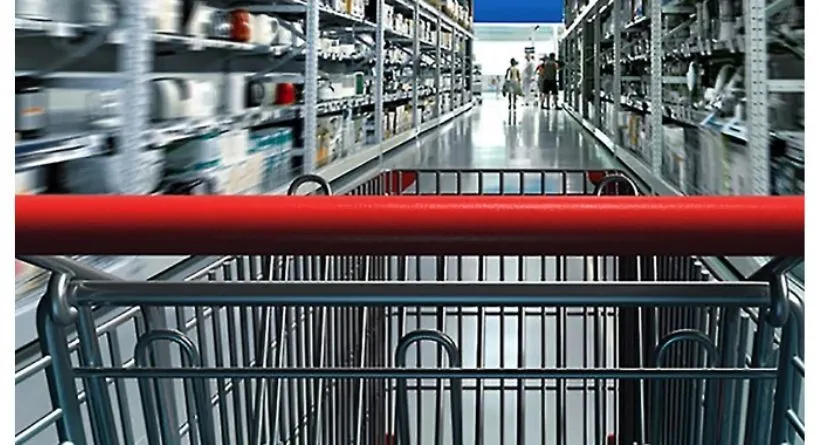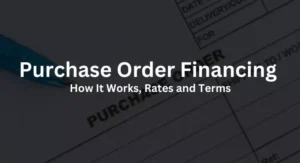
When embarking on a product launch, companies are faced with an extensive list of priorities demanding their attention and resources, including design, manufacturing, sales, and marketing. The challenge of getting your product onto retail shelves requires a dedicated effort and strategic approach to ensure success.
Also read: How do I choose an exhibition stand?
Here are five tips when preparing your product with retail in mind:
Maximize your space

Maximizing retail space efficiency is crucial in brick and mortar stores due to high costs associated with floor space. To optimize retail real estate, it’s essential to minimize the size of your product and packaging. Conduct market research by visiting your target retailers and analyzing the placement and type of packaging used for similar products. Take notes on whether they are stacked or hung and their durability.
After collecting enough data, consider hiring a packaging specialist to design customized packaging for your product. Ensure that the chosen company has a proven track record in creating packaging for the stores you intend to target to increase your chances of success.
Get to know your retailers now
When starting a business, it’s crucial to choose your partners wisely and analyze their floor plans, product displays, and categories. Through extensive research, networking, and communication with store managers, you can gain valuable insight into buying cycles and regional/nationwide buyer information. Be patient when shipping products to buyers as it can take up to six weeks to receive feedback.
Figure out your product codes

To ensure that every product variant, including size, color, and other features, has a unique identifier, a 12-digit Universal Product Code (UPC) prefix number and a distinct extension are required. In order to obtain their own identification number, which serves as the first part of the UPC, companies must join GS1 US, a nonprofit organization that sets standards for international commerce. The cost of joining GS1 US includes an initial fee and an annual maintenance fee, which varies based on the number of unique products a company sells. This cost can quickly accumulate, making it a costly option for businesses.
Alternatively, businesses can work with UPC code resellers who offer UPC codes at reasonable prices. However, these codes are not unique to the business. This option may be more suitable for smaller retailers with limited products. For businesses targeting larger retail stores, it is necessary to have their own unique UPC codes for each product.
Pin down your actual costs
Understanding your true cost per unit is crucial not only for your business but also for potential investors and retailers. It’s important to note that the manufacturing expenses alone do not determine the per-unit figure. A comprehensive cost-per-unit analysis includes shipping, packaging, UPC costs, and other expenses associated with bringing the product to market. It’s vital to consider all of these expenses to accurately calculate the cost per unit.
Know when to protect your product
When presenting your product to retailers, it’s essential to remember that they evaluate thousands of items every year, making it difficult for them to sign non-disclosure agreements before reviewing your product. If you’re concerned about the possibility of your idea being stolen, it’s advisable to consult a patent attorney before proceeding with product development. In case you have unique designs or logos for your brand, consider seeking assistance from a trademark attorney. Typically, patent attorneys and trademark attorneys are one and the same, making it easier for them to help with any concerns.





